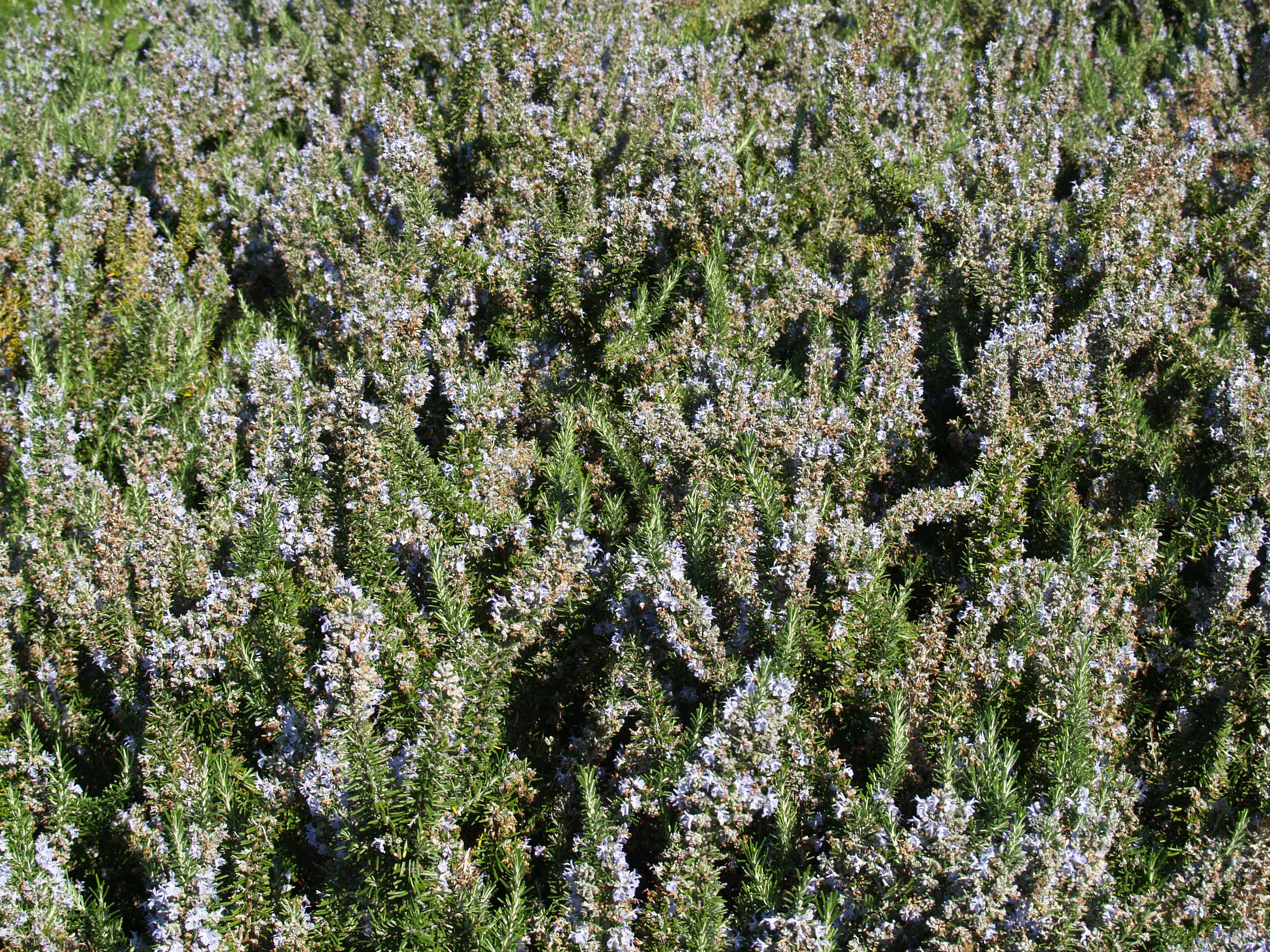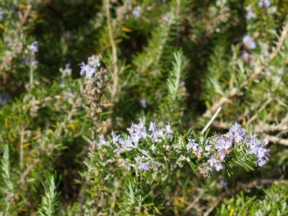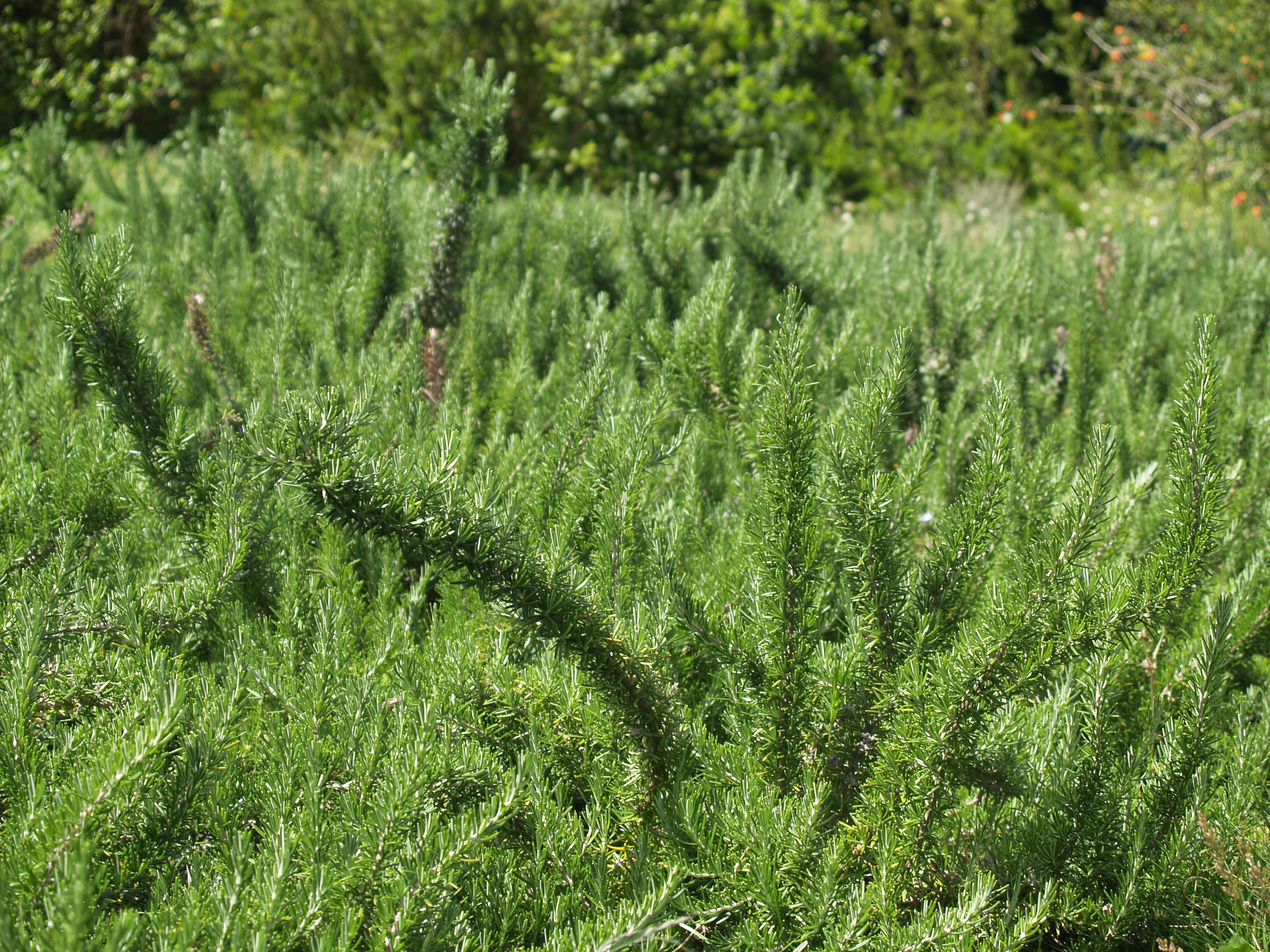
Rosemary
Salvia rosmarinus
Family and description
From the Lamiaceae family, Rosemary is an evergreen shrub that can reach 2 m in height.
It has woody, dark, ascending branches. The leaves are small, linear and sharp. The upper surface is dark green and the lower surface is whitish.
The flowers, from 10 to 12 mm, are born laterally on the branches. They have a calyx with a blue to violet corolla, sometimes white. It produces flowers throughout the year, with greater intensity in the summer months.
The fruit is an achene.
Origin and habitat
Characteristic of the Mediterranean region, rosemary is distributed throughout the western region, namely the Iberian Peninsula and North Africa. It grows in dry scrub and sclerophyll forests, on coastal cliffs and fixed dunes. Preferably in soils of limestone origin.
Uses and curiosities
Cultivated since antiquity for ornamental or culinary purposes.
The oils extracted from its leaves are used in baths to improve blood circulation and fight rheumatism, also acting on the nervous system. Its essence has fungicidal and bactericidal properties and is also used in perfumery.
The nectar of its flower is highly appreciated by bees for the production of honey.
The leaves, the most aromatic part of the plant, should be harvested during flowering or shortly after.
It is reproduced from cuttings and tolerates pruning well. It is moderately resistant to drought and pests, requiring no special care.



